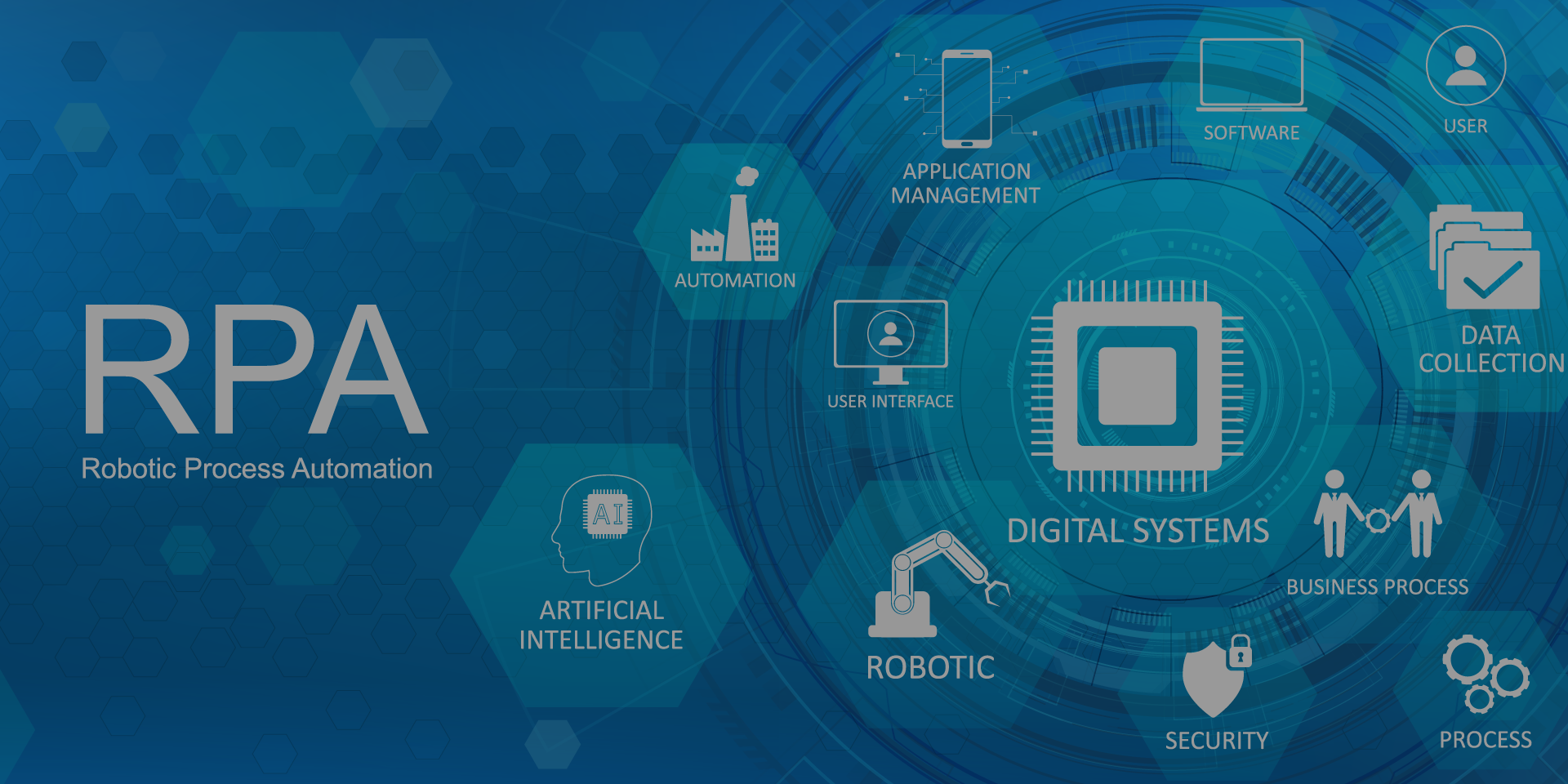When it comes to business process automation, nobody can swim through the topic without ever mentioning RPA (Robotic Process Automation). It is undoubtedly one of the best digital transformation solutions to implement. But understanding the benefits of RPA is one thing and implementing RPA in your business process without prior experience is quite another.
Though the RPA process is one of the most widely implanted innovations in recent times, there has also been a wide discussion about businesses getting caught in the gears of poor implementations, not without good reasons. Research tells that nearly 50% of RPA projects are doomed to fail due to a lack of visibility into existing processes to automate and a lack of familiarity with available RPA vendor solutions.

In this blog, we will go through a step-by-step process for successfully preparing and implementing RPA.
Preparation
1. Internal interviews and process mining can provide insight into existing processes
The best way to understand processes is through interviews with the operators who currently run them; however, relying solely on this approach has two shortcomings: a) it can be costly, and b) they are error-prone (prone to numerous cognitive biases).
The best way to tackle this issue is to combine interviews with analysis derived from task/process mining. Companies can use process mining software to analyze logs better to understand real-world process flows. Companies specializing in task mining can supplement this log data with video recordings of employee actions. Needless to say, these vendors also remove non-public personal information NPPI from these video materials automatically.
These solutions use real-time data and event logs to show the actual state of processes, identify potential problems with unnecessary steps, and provide verifiable insights.
2. Enhance and simplify existing processes
Processes change as a result of regulatory and market pressures. Though they are occasionally improved through top-down lean or Six Sigma projects, they are considered costly. As a result, most processes have significant room for improvement.
3. Pacing the implementation process
It should be noted that implementing RPA is not a one-and-done project. Adopting RPA is a dynamic process that must be updated regularly to meet your company’s unique and evolving business needs. After determining which tasks to automate with RPA, develop a strategy and timeline for implementing the technology. Pacing implementation allows you to effectively manage adoption while giving employees the time to adjust and understand how to best use the solution’s functions.
This approach would enable your business to start using RPA and provide feedback, so you can adjust and improve as needed.

Implementing RPA
4. List tasks that need to be automated
Remember, not all business processes are suitable for Robotic Process Automation. The first step is to determine which processes in your organization can (and ought to be) automated. Examine which tasks necessitate critical thinking and emotional intelligence and add the most value to your customer.
Also, it makes more sense to automate tasks that are manual, repetitive, and prone to error. For example, you could automate processes like data collection, email monitoring and prioritization, and form filling, which are usually time-consuming tasks. Instead of using RPA for its sake, use it to support your people, allowing them to focus on other high-value tasks.
5. It’s good to have an RPA partner
While RPA might seem like you can handle it all by yourself, research shows that the most successful RPA implementations are the ones that are done with the help of an experienced RPA partner. There are numerous providers and RPA consultants who can assist with the proper implementation of an RPA solution. While using only an RPA solution for RPA deployment may appear to be a quick and cheap solution, you can save significant time and money by using a best-of-breed approach, i.e., using process mining and machine learning tools in combination with RPA.
6. Test your RPA
The significance of testing cannot be overstated. Explore different types of RPA testing and implement them. For example, in attended automation, minor differences in user systems (MacBooks, etc.) or different screen resolutions can lead to unexpected discrepancies. So, make sure that all major scenarios are thoroughly tested before running the pilot. A tip – using historical data allows for more realistic testing.
7. Run the pilot
There are three steps to running a pilot. First, set clear targets for the pilot, these could be about accuracy (% of successfully processed invoices etc.) or automation such as number of cases completed without human intervention. Second, run a live pilot where the team in charge of the process reviews a random selection of bot output each day. Third, evaluate the pilot results by conducting a thorough analysis, taking into account difficult inputs, rare cases etc. Finish the pilot only after all your previously agreed-upon goals have been met.
Aftermath
Now is the time to establish a strong team that can take care of the installation. This is a crucial process to drive the future success of your RPA installation. You can either set up Centers of Excellence (CoEs), work with RPA solution providers, or train individuals to maintain your RPA installations and build new automation. Process mining tools can help the team in charge of RPA deployments to monitor changes in processes and identify when RPA bots need to be altered and adjusted.
Netlabs Global is a leader in providing Robotics Process Automation, Artificial Intelligence, and Machine Learning solutions to help organizations successfully and effortlessly implement intelligent automation to their business processes. Talk to us today to learn more about how our solutions and services can help transform your business.





